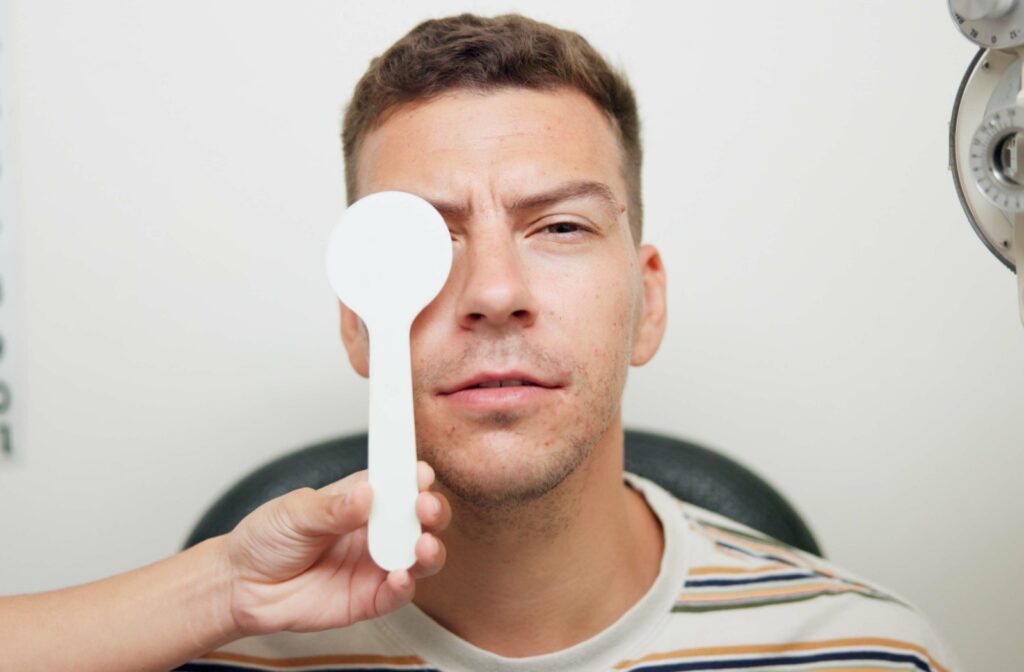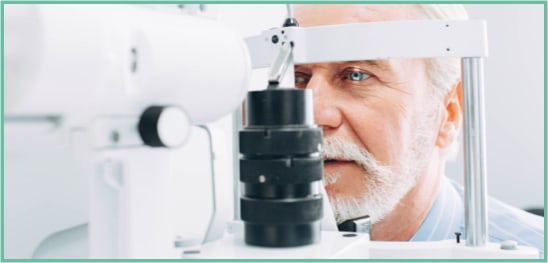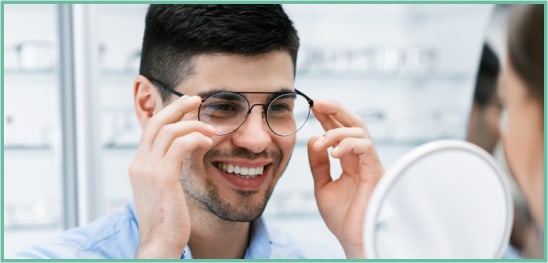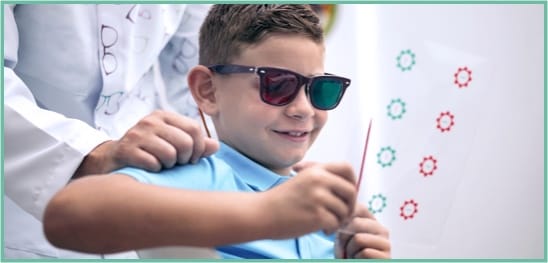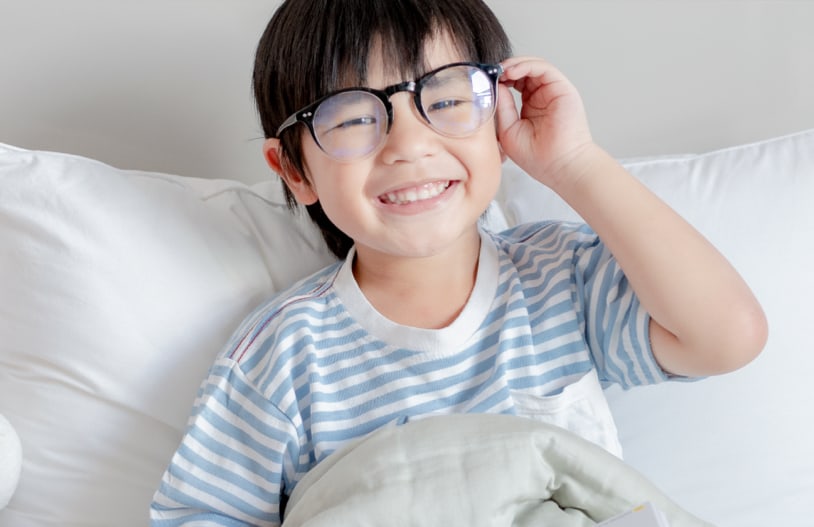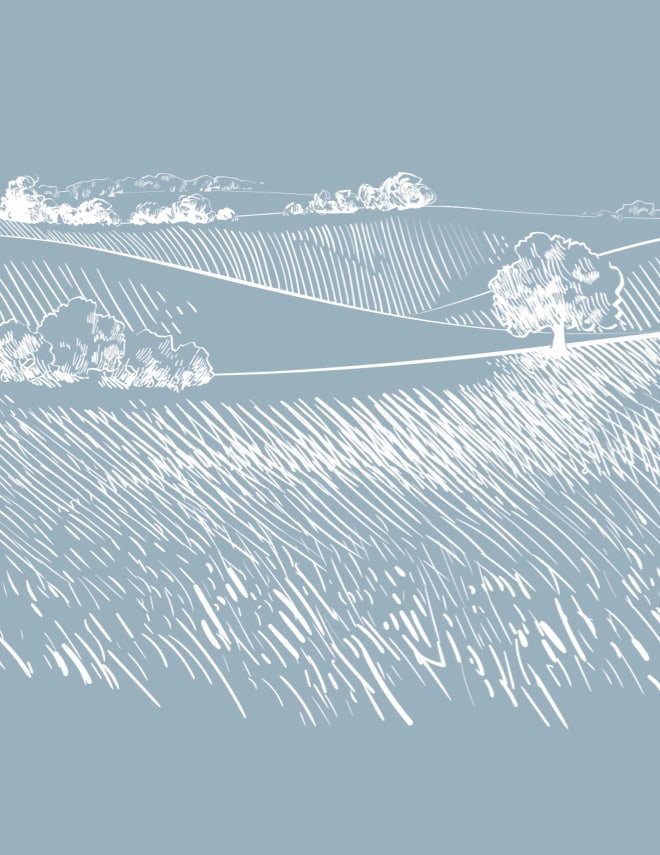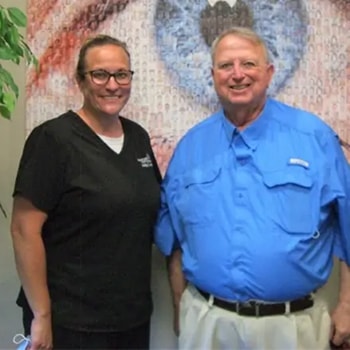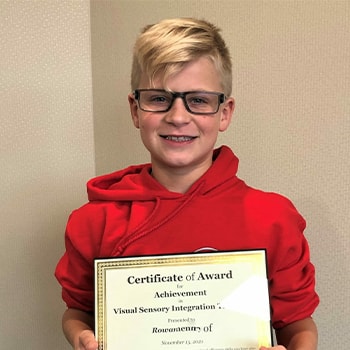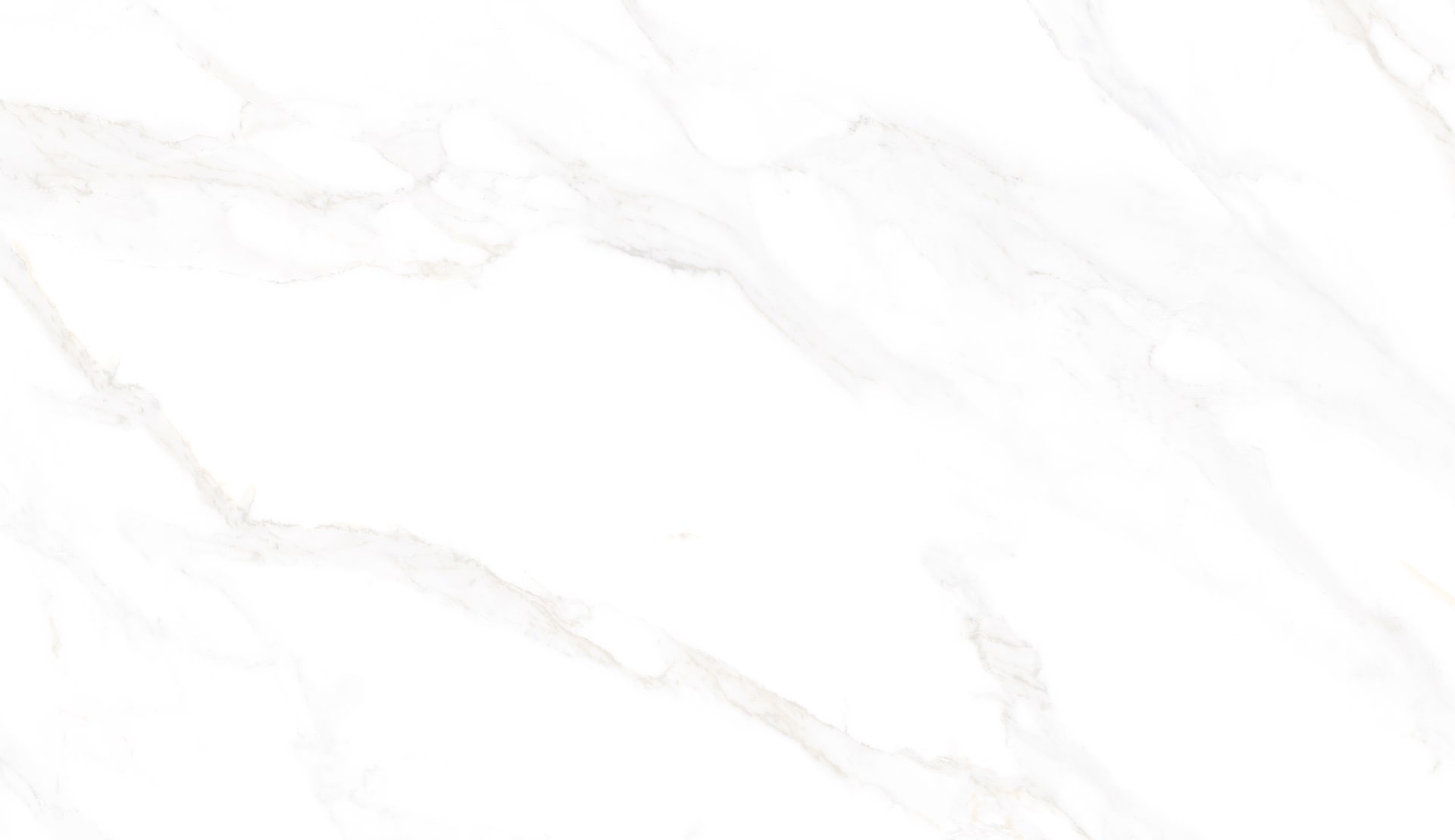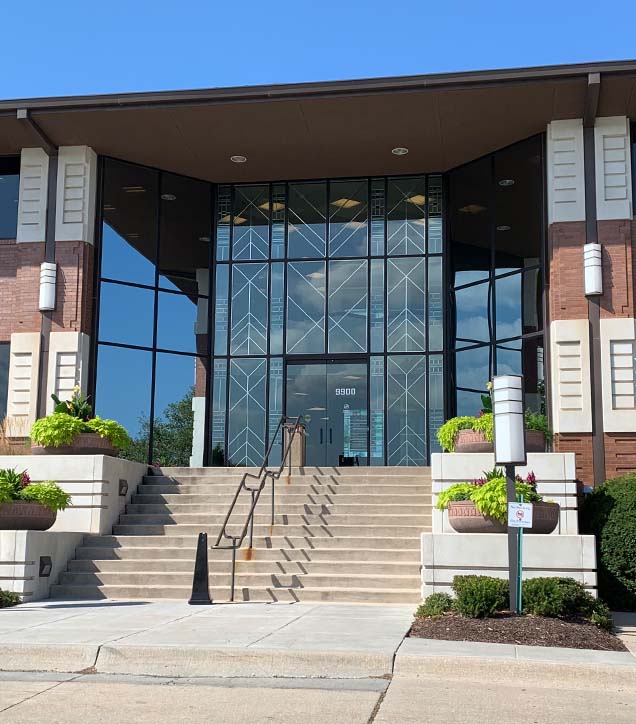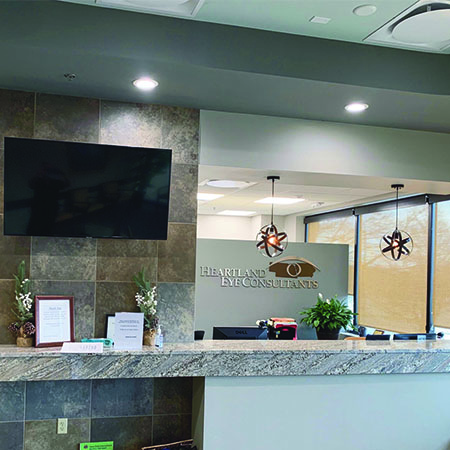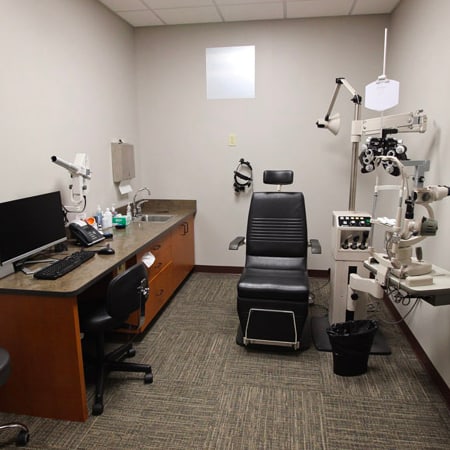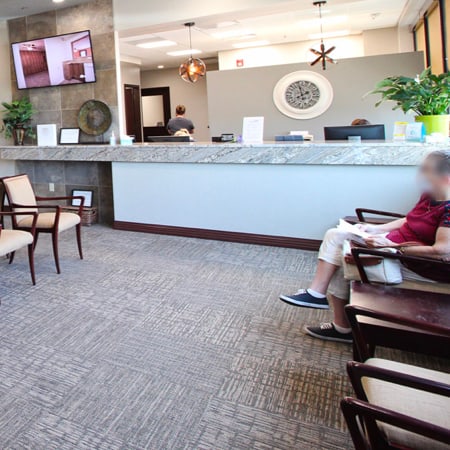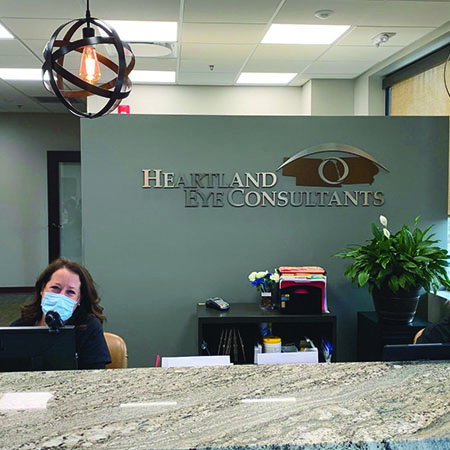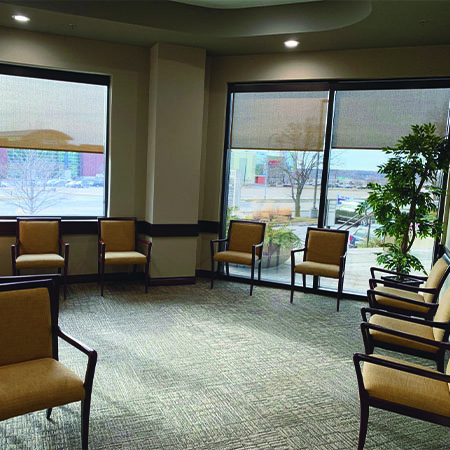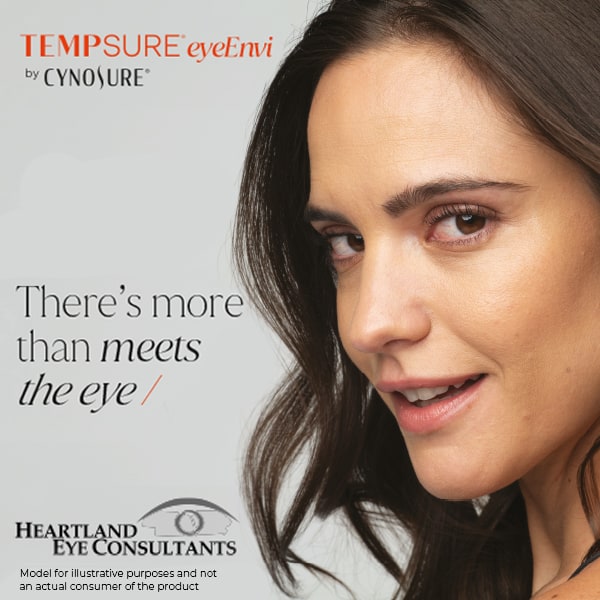Depth perception is the ability to judge the distance between yourself and objects in your surroundings. Good depth perception is important for many daily activities, such as driving, playing sports, and even basic tasks like pouring a glass of water. While some people may naturally have good depth perception, others may struggle with it.
Fortunately, there are ways to improve depth perception through practice and training. Some tips to improve your depth perception include:
- Determine with and eye doctor if you’re using both eyes at the same time
- Practicing visual exercises prescribed by your doctor
- Playing sports or engaging in activities requiring depth judgements
- Use monocular depth cues
- Getting regular eye exams to maximize ocular health and visual acuity
Using Both Eyes
The key to good depth perception is using both eyes together. Each eye sees a slightly different image, and our brain combines these images to create a 3D effect. If one of your eyes is weaker, it can affect your depth perception. That’s why having good vision in both eyes and using them together is important. Your eye doctor can administer tests to assess your depth perception.
Practicing Visual Exercises
Just like with any skill, practice can improve your depth perception. If your doctor detects issues with your depth perception, they may prescribe visual exercises to enhance your depth perception.
Playing Sports or Engaging in Activities
Certain activities require good depth perception, such as playing tennis, basketball, or golf. By regularly engaging in these sports or other activities that require depth perception, you can improve this skill through practice and repetition. Additionally, these activities help train your hand-eye coordination, which relies on good depth perception.
Using Depth Cues
Monocular depth cues are visual cues that give our brain information about an object’s distance from us when using only one eye. Some examples of depth cues include:
- Overlap: When one object blocks part of another, we perceive the overlapped object as being further away.
- Relative size: Objects that are closer to us appear larger than those that are farther away.
- Texture gradient: As objects get farther away, their texture appears finer and less detailed.
By paying attention to these depth cues in your environment, you can better train your brain to judge distance and improve your overall depth perception.
Getting Regular Eye Exams
It’s important to have regular eye exams to ensure that your vision is clear and balanced in both eyes. If there is a significant difference between the two eyes (known as anisometropia), it can affect your depth perception. Your optometrist can also check for any other vision issues that may be impacting your depth perception and provide recommendations for improving it.
Eyewear & Contact Lenses
If you have vision problems, your optometrist may prescribe glasses or contact lenses to correct them. These corrective lenses are specifically designed to enhance your visual clarity, allowing you to see the world more clearly.
Wearing the proper eyewear can greatly improve depth perception by providing clear and consistent vision in both eyes, which is crucial for activities such as driving, sports, and everyday tasks.
Some specialized eyewear, such as prism glasses, can also help train and improve depth perception. Prism glasses work by altering the way light enters the eye, helping the brain to align visual input from each eye better and enhance spatial awareness. Regular check-ups with your optometrist ensure that your prescription remains current and your eye health is monitored effectively.
Depth Perception Exercises
Various exercises can help improve depth perception. These exercises typically involve special tools or activities that challenge your depth perception skills. Some examples include:
- Stereograms: When viewed correctly, stereograms appear in 3D and can help train your brain to process visual information differently.
- Virtual reality games: Immersing yourself in a simulated 3D environment while playing virtual reality games can help improve hand-eye coordination and depth perception.
- Throwing and catching activities: Playing catch with a partner or bouncing a ball against a wall can also help train your depth perception as you track the movement of objects in space.
- Visual puzzles: Solving puzzles that require you to determine the distance between objects or identify hidden shapes can also help improve depth perception.
Understand Your Vision with Heartland Eye Consultants
Depth perception plays a vital role in our daily lives, helping us navigate our surroundings accurately and precisely. Whether driving, playing sports, or simply walking down the street, depth perception allows us to judge distance and make quick decisions accurately.
If you have any concerns about your depth perception or overall vision, be sure to schedule an appointment with your optometrist for a comprehensive eye exam.
At Heartland Eye Consultants, we offer comprehensive eye exams and personalized treatment plans to ensure your vision is at its best. Don’t hesitate to reach out to us for any questions or concerns you may have regarding your eye health.


